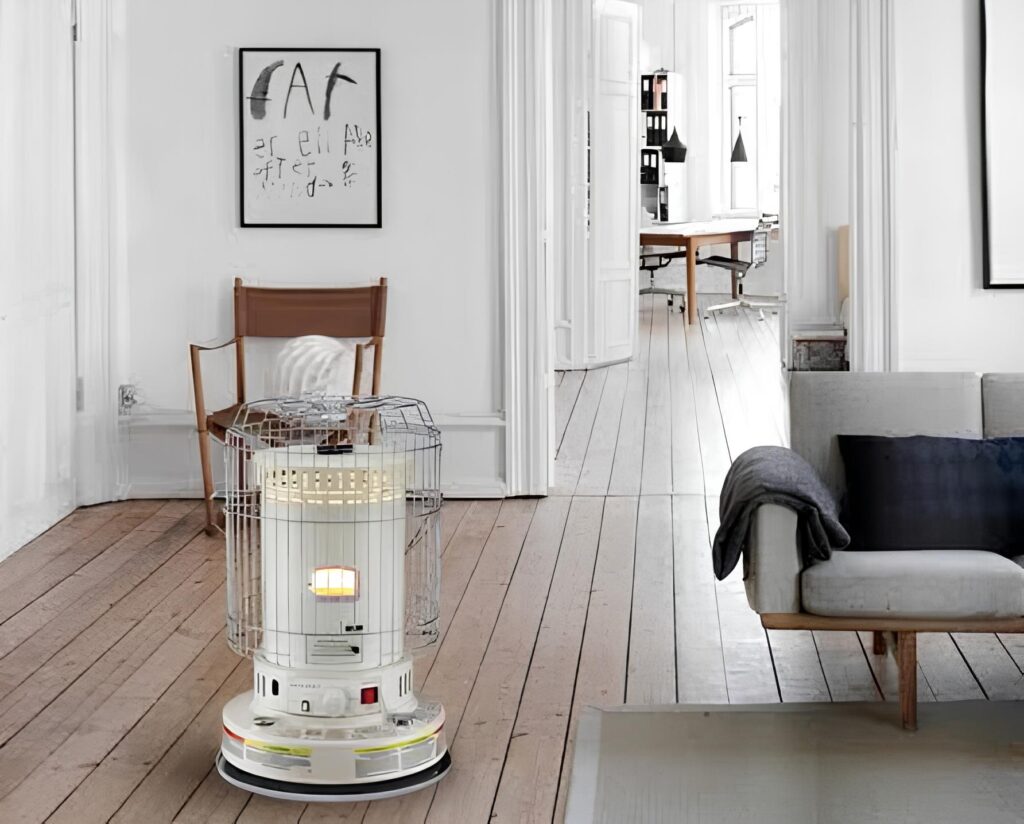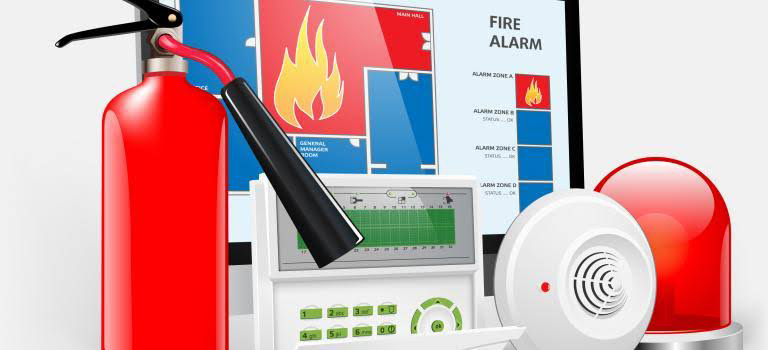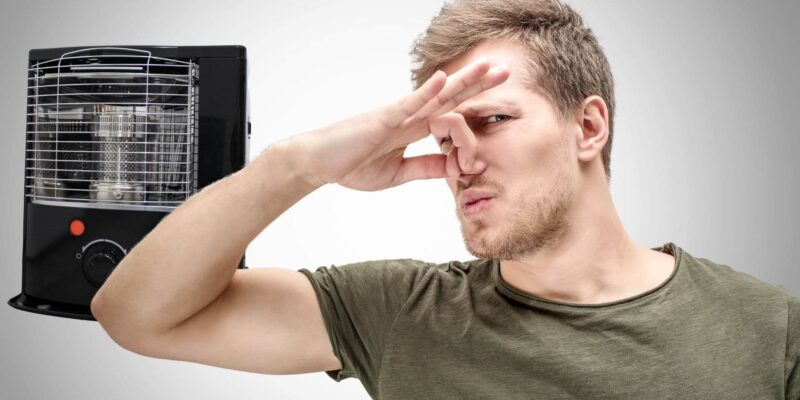Using a kerosene heater safely by positioning it correctly to reduce mishaps can ensure you have a warm-up space within minutes. It can be an efficient energy source in times of power cuts during winter and a portable solution for outdoor activities.
When comparing fuel-based heaters, propane and kerosene, it’s essential to note that both are widely recognized for their cost-effectiveness during camping trips. However, it’s crucial to avoid using any heater while a recreational vehicle is in motion.
Prevent the flammable hydrocarbon fluid from contacting combustibles and other explosives, including solvents and cleansers used for domestic purposes.
To avoid major accidents, place the heater at least three feet away from furniture, igniting components, and operate in a well-aerated area. If you plan to use the kerosene heater in a compact space, follow additional safety precautions to avoid disasters and health conditions.
Dangers of Inhaling Fumes

Using low-quality fuel can impact burning and create unpleasant odors. Improper fuel burning can cause the wick to become hard and produce excessive soot. Before you decide to change the wick or burner apparatus, check the instruction manual to determine the exact height and wick width for your kerosene heater.
While operating a standard combustion-efficient kerosene heater indoors is pretty simple, most warming devices involve security risks that cause several health concerns. In addition to young children and older adults, most people are vulnerable to breathing in kerosene heater fumes.
Modern homes with weatherization pose a ventilation problem that increases the security risk of using heaters indoors. Additionally, if you are using the heater in underground, super-insulated areas without chimneys or exhaust, ventilate the space right away.
Avoid carbon monoxide poisoning by properly installing appliance safety devices like CO detectors with an alarm system and oxygen depletion sensors. You can also set up extra exhaust fans and venting ducts.

Make sure you or a technician maintains the heater at regular intervals. See to it that there are no blockages, corroded parts, or damaged connections. Even if you have automated signals and alarms, inspect the system regularly to avoid any mishaps.
Some open flames may cause burns and major fires if the fuel spills. Another menace is the reduction in air quality that is caused by the depletion of oxygen. This results in severe respiratory ailments, skin irritation, and other chronic conditions listed below.
Impact on Health

The hydrocarbons found in kerosene lamps and heaters may cause poisoning and serious conditions in different parts of the body:
- Eyes, ears, and nose: pain and possible vision loss.
- Airways and lungs: throat swelling and difficulty in breathing.
- Stomach and intestines: pain, nausea, burning sensation in the food pipe.
- Nervous System: dizziness, seizures, unconsciousness, staggering weakness, headache and euphoria.
The symptoms also include skin burns and irritation, along with a rapid drop in blood pressure.
Before you try to experiment with home remedies, call your healthcare provider straight away. If the fuel is swallowed, consuming milk helps in some cases. When the chemical comes in contact with the skin, is flushed with excessive water, and breathes harmful fumes, it escapes the room to get some fresh air.
Safety Practices

To prevent health hazards and severe accidents, follow the safety guidelines listed below:
- Buy heaters that have been listed and tested by industry standards. Use the correct fuel, and do not replace kerosene with other fluid alternatives. Even smaller amounts of other solvents or volatile fuels can spark a fire or explosion.
- Read the instruction manual to operate the kerosene heater and formulate a maintenance routine. Inspect the heater for damaged fuel leaks and repair or replace different parts, if necessary.
- Always label stored kerosene to avoid misuse and keep it in an unused metal can with a secure lid. Avoid spilling fuel and clean any dripping liquid with soap solution. Use a designated kerosene pump and island to minimize cross-contamination.
- Before you use a heater, fill the fuel up to the marked position and keep it away from ignition sources and flammable solvents. Light up the heater in a well-ventilated area to avoid asphyxiation and other respiratory conditions.
- After use, let the heater cool down completely before you move it to a secure location. If the heater needs refueling, shut it down completely, let it cool, and move it outdoors to a safe location away from kids and pets.
- Reduce exposure to pollutants by maintaining your kerosene heater efficiently. In case of accidental flares or flames, avoid moving the heater and switch it off.
Final Thoughts
A kerosene heater emits fumes that could lead to poisoning, negatively hampering your respiratory and nervous systems. In addition to developing breathing troubles, the fumes may lead to earache and cause loss of vision. In worse cases, the drowsy or dizzy feeling may develop into seizures, convulsions, and episodes of unconsciousness.
The carbon monoxide poisoning and depletion of oxygen levels will damage vital organs. People suffering from heart diseases, respiratory conditions, anemia patients, young children, and older adults are more susceptible to face an increased risk of losing consciousness.
Therefore, it is not safe to breathe in kerosene fumes, and it is best to operate the heater in an aerated space.
Frequently Asked Questions
Why is It Harmful to Operate Kerosene Heaters Indoors?
Kerosene heaters, when burnt, emit carbon monoxide, unlike other organic fuels. Besides being odorless and invisible, carbon monoxide is hazardous, and inhaling the fumes for a long can cause severe health conditions.
How Unsafe is It to Breathe Kerosene Fumes?
Breathing in kerosene fumes can cause respiratory problems, throat swelling, eye and ear ache, and impact your airway and lungs while also hampering other internal organs. The fumes also cause headaches, dizziness, and drowsiness and may lead to an unconscious state.










Comments